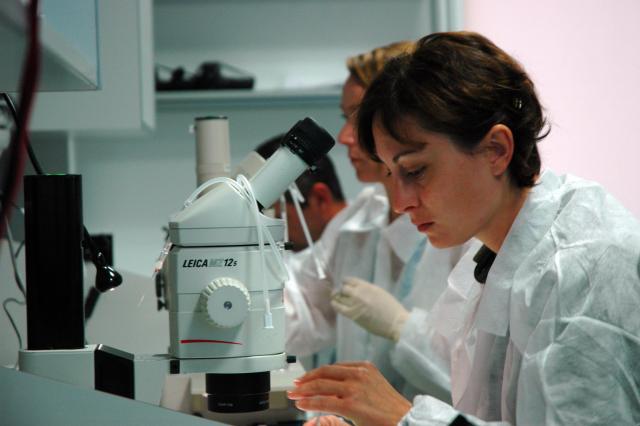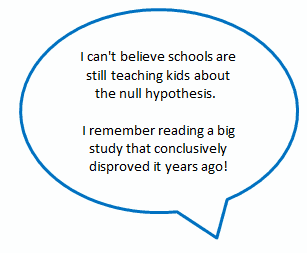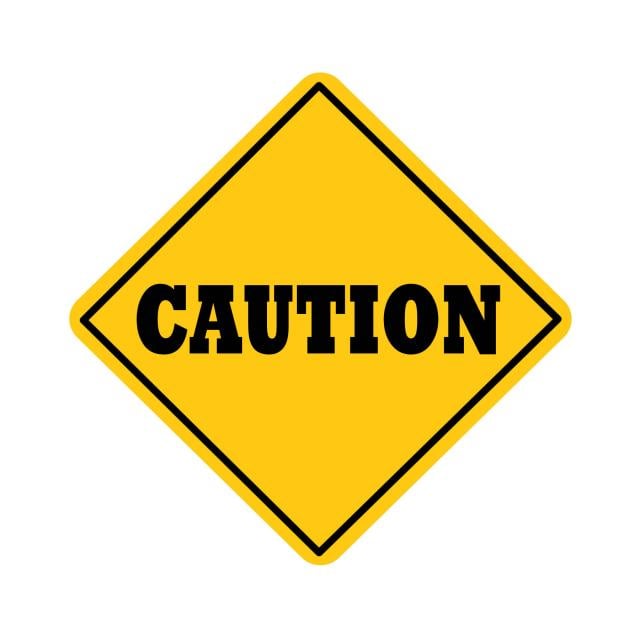How To Read P&id Drawings Ppt
The P value is used all over statistics, from t-tests to regression analysis. Anybody knows that y'all use P values to determine statistical significance in a hypothesis examination. In fact, P values often determine what studies get published and what projects go funding. Despite being and then important, the P value is a glace concept that people often interpret incorrectly. How practice you lot interpret P values? In this post, I'll help yous to understand P values in a more intuitive way and to avoid a very mutual misinterpretation that can price yous coin and credibility. In every experiment, there is an effect or divergence between groups that the researchers are testing. It could be the effectiveness of a new drug, building cloth, or other intervention that has benefits. Unfortunately for the researchers, there is always the possibility that in that location is no effect, that is, that in that location is no departure between the groups. This lack of a difference is called the null hypothesis, which is essentially the position a devil's advocate would take when evaluating the results of an experiment. To see why, permit'due south imagine an experiment for a drug that nosotros know is totally ineffective. The naught hypothesis is true: there is no difference between the experimental groups at the population level. Despite the goose egg beingness truthful, it'due south entirely possible that there will be an result in the sample information due to random sampling error. In fact, it is extremely unlikely that the sample groups volition ever exactly equal the null hypothesis value. Consequently, the devil's advocate position is that the observed difference in the sample does not reflect a truthful difference between populations. A low P value suggests that your sample provides enough evidence that you can reject the null hypothesis for the unabridged population. For example, suppose that a vaccine study produced a P value of 0.04. This P value indicates that if the vaccine had no upshot, you lot'd obtain the observed difference or more in four% of studies due to random sampling error. P values address only i question: how likely are your data, assuming a true null hypothesis? It does not measure support for the alternative hypothesis. This limitation leads u.s.a. into the adjacent department to cover a very common misinterpretation of P values. Incorrect interpretations of P values are very common. The most common error is to translate a P value equally the probability of making a mistake by rejecting a true null hypothesis (a Type I error). There are several reasons why P values can't be the error charge per unit. Outset, P values are calculated based on the assumptions that the zippo is true for the population and that the difference in the sample is caused entirely by random run a risk. Consequently, P values tin't tell yous the probability that the nada is true or false considering information technology is 100% true from the perspective of the calculations. Second, while a low P value indicates that your information are unlikely assuming a truthful nothing, it can't evaluate which of two competing cases is more likely: Determining which case is more likely requires subject surface area knowledge and replicate studies. Let'southward go back to the vaccine study and compare the correct and wrong style to interpret the P value of 0.04: To see a graphical representation of how hypothesis tests work, see my post: Understanding Hypothesis Tests: Significance Levels and P Values. If a P value is not the fault rate, what the heck is the fault rate? (Can you lot judge which style this is heading now?) Sellke et al.* have estimated the error rates associated with different P values. While the precise fault rate depends on various assumptions (which I discuss hither), the tabular array summarizes them for heart-of-the-road assumptions. P value Probability of incorrectly rejecting a truthful zip hypothesis 0.05 At least 23% (and typically close to 50%) 0.01 At least 7% (and typically close to 15%) Do the higher error rates in this table surprise you lot? Unfortunately, the common misinterpretation of P values every bit the error rate creates the illusion of essentially more evidence against the zip hypothesis than is justified. Equally yous tin can see, if yous base a decision on a single written report with a P value near 0.05, the difference observed in the sample may not be at the population level. That can be costly! At present that you know how to interpret P values, read my five guidelines for how to use P values and avoid mistakes. You can also read my rebuttal to an academic journal that really banned P values! An exciting study near the reproducibility of experimental results was published in August 2015. This written report highlights the importance of understanding the true mistake rate. For more information, read my weblog post: P Values and the Replication of Experiments. The American Statistical Clan speaks out on how to employ p-values! *Thomas SELLKE, M. J. BAYARRI, and James O. BERGER, Scale of p Values for Testing Precise Null Hypotheses, The American Statistician, February 2001, Vol. 55, No. one What Is the Zilch Hypothesis in Hypothesis Testing?
 In order to understand P values, yous must get-go understand the nix hypothesis.
In order to understand P values, yous must get-go understand the nix hypothesis.What Are P Values?
 P values evaluate how well the sample data back up the devil'south advocate argument that the naught hypothesis is truthful. It measures how compatible your data are with the nothing hypothesis. How likely is the event observed in your sample data if the null hypothesis is true?
P values evaluate how well the sample data back up the devil'south advocate argument that the naught hypothesis is truthful. It measures how compatible your data are with the nothing hypothesis. How likely is the event observed in your sample data if the null hypothesis is true?
How Do You lot Interpret P Values?
 In technical terms, a P value is the probability of obtaining an event at least as farthermost every bit the one in your sample data, assuming the truth of the goose egg hypothesis.
In technical terms, a P value is the probability of obtaining an event at least as farthermost every bit the one in your sample data, assuming the truth of the goose egg hypothesis.

P Values Are Non the Probability of Making a Mistake
What Is the True Error Rate?
 Retrieve that this interpretation difference is simply a matter of semantics, and only important to picky statisticians? Recall again. Information technology's important to you.
Retrieve that this interpretation difference is simply a matter of semantics, and only important to picky statisticians? Recall again. Information technology's important to you.

Source: https://blog.minitab.com/en/adventures-in-statistics-2/how-to-correctly-interpret-p-values
Posted by: paigewilier88.blogspot.com


0 Response to "How To Read P&id Drawings Ppt"
Post a Comment